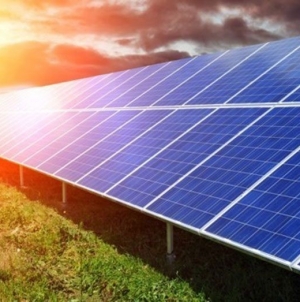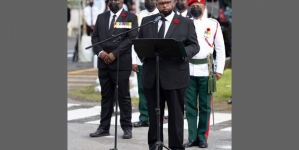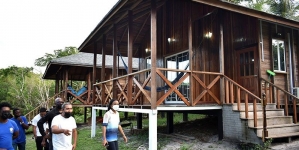USD$304M for Exxon to bring gas to shore pipeline only
According to a 2018 feasibility study that was handed to the former APNU+AFC administration, a whopping USD$304M is needed for ExxonMobil and its consortium of oil companies to bring natural gas to Guyana’s shores.
However, the feasibility report pointed out that ExxonMobil would only be involved in building a pipeline to transport the gas, not in the construction of the onshore infrastructure that would refine it for use.
In details, the feasibility study, which was compiled by Energy Narrative, a US-based market analysis firm, states that out of the US$304M, ExxonMobil would be responsible for US$165M, which will be used for pipeline construction costs.
The remaining USD$139M for the construction of the onshore infrastructure will have to be financed by the Government of Guyana.
This form of financing is contrary to what the former Minister of Public Infrastructure (MoPI), David Patterson, a Coalition minister in the Opposition, had said to Kaieteur News a few years ago.
In fact, Patterson had explicitly indicated to Kaieteur News that ExxonMobil had agreed to fund both the pipeline and generators up front, as Guyana would have sold bonds to the private sector and buyout the project within six years.
Notably, Vice President Bharrat Jagdeo had told reporters that the Government wants to get the gas to power project on board “as swiftly as possible” so that the Guyanese public can enjoy significantly reduced electricity rates.
He had made these and other comments during a press conference at the Arthur Chung Conference Centre (ACCC) in August. The VP noted that ExxonMobil had been eager to move along with the project, but was waiting on the former government to steer the way forward.
The David Granger government of Guyana put the roadblocks in this regard because they did not respond, I gather, Jagdeo had said.
He had explained that the current administration still has to gather pertinent information about the former Government’s work in this regard, including details about who bought up lands at the proposed locations for the pipeline.
The government also, he indicated, has to go through several studies, and its considerations will be guided by technical advice from the best minds.
Notably, the Vice President said that the gas price in the Stabroek Block agreement is not to the government’s satisfaction, and that the pricing mechanism will have to be very different from that if Guyana is to move forward.
“We need the electricity to industrialise this country,” Jagdeo said. “We need it so we can generate more jobs, and we also need it so we can fulfill the promise, which we made to the people that we’ll cut their electricity bill. You heard the President mention that, significantly, as much as by half of what they’re paying now. And this is a project that has high priority.”
The government is expected to consider, very soon, the availability of the gas at this point in time, and ownership of the intended facility. Jagdeo said that the project may even take on the form of a public-private partnership.
Currently, the Government is constructing a 46-megawatts power plant at Garden-of-Eden, East Bank Demerara.
The Wartsila engines have the capacity to utilize natural gas.
Natural gas is said to be a naturally occurring hydrocarbon gas mixture consisting primarily of methane, but commonly including varying amounts of other higher alkanes, and sometimes a small percentage of carbon dioxide, nitrogen, hydrogen sulfide, or helium. It comes up as part of the pumping process to bring up the oil.






















